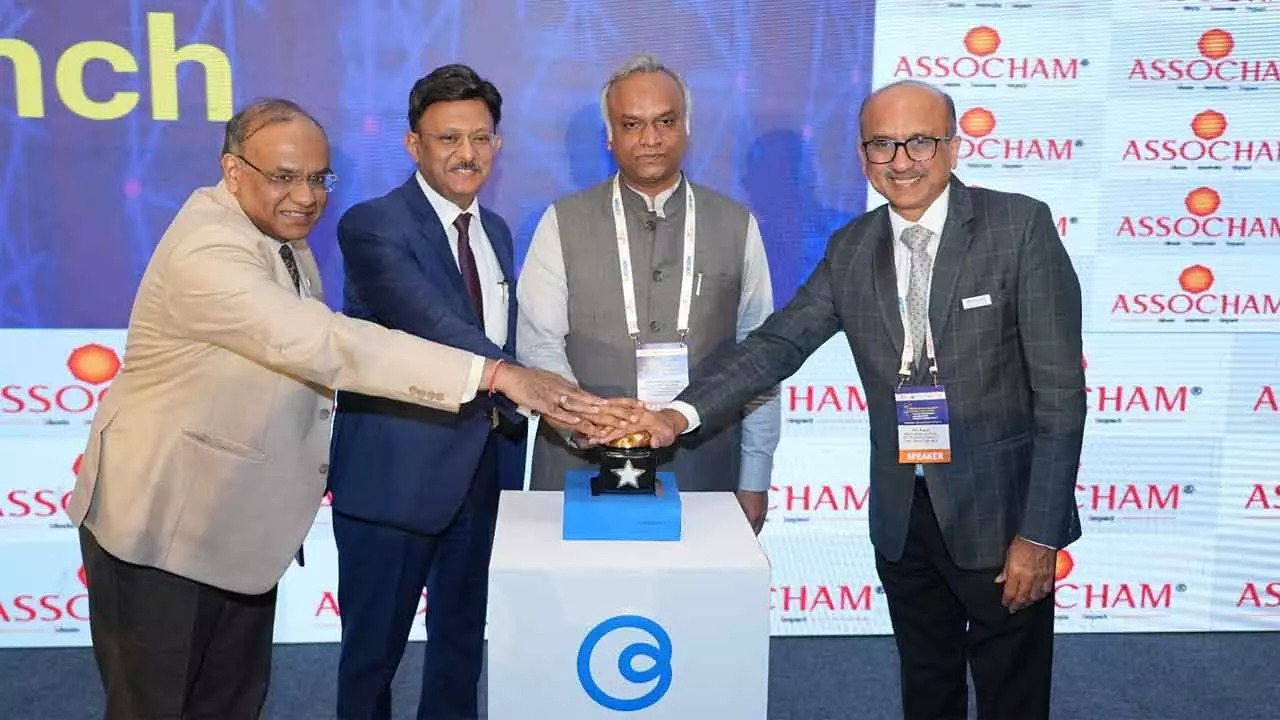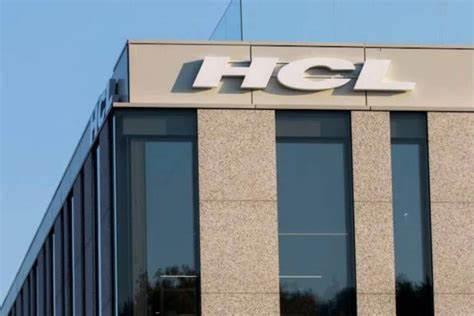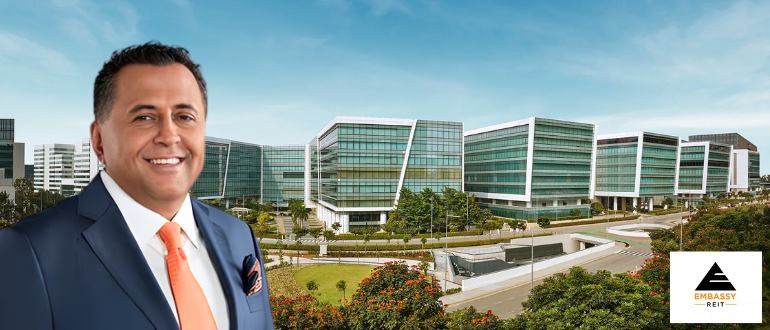As metro cities become increasingly expensive, India’s Tier-2 cities are emerging as the new frontier for Global Capability Centers (GCCs). GCCs, which are offshore hubs for multinational companies managing IT, finance, analytics, R&D, and HR functions, are now looking to Tier-2 cities for cost efficiency, talent access, and government support.
Top 6 Tier-2 GCC Cities
| City | Number of GCCs | Key Sectors |
| Coimbatore | 25+ | IT (Cognizant, Bosch), Engineering, Manufacturing |
| Kochi (Infopark) | 20+ | IT/ITeS (EY, Allianz, IBM, Nissan Digital) |
| Ahmedabad | 15+ | FinTech, Semiconductor (Infineon, TCS, Technip Energies) |
| Indore | 10–12 | Technology, BFSI (Infosys, Persistent, Evalueserve) |
| Jaipur | 8–10 | IT and e-commerce (Genpact, Deutsche Bank) |
| Lucknow | 8–10 | IT services (IBM, Deloitte, TCS, HCL Tech) |
Why GCCs Are Choosing Tier-2 Cities
- Talent Availability – Cities like Coimbatore, Kochi, Indore, and Lucknow have a strong supply of engineering and IT graduates, with lower attrition rates (10–15% less than metros).
- Better Retention – Lower cost of living and work-life balance result in higher employee retention and productivity.
- Government Incentives – State-specific GCC policies offer tax exemptions, subsidies, and infrastructure support.
- Infrastructure & Connectivity – Rapid digital and physical infrastructure upgrades, including 5G and smart city projects, make Tier-2 cities globally competitive.
- Risk Diversification – Companies reduce concentration risk by geographically dispersing GCCs.
Government Support and Schemes
- Tax Incentives – Income tax exemptions, capital subsidies, and stamp duty exemptions (e.g., Gujarat’s 2025–30 GCC policy targets ₹10,000 crore investment with 50,000 jobs).
- Land & Infrastructure Subsidies – Subsidized land or financial support for IT parks.
- Financial Support & Subsidies – Payroll subsidies up to ₹1.8 lakh per employee and upskilling programs.
- Skill Development – Initiatives like Uttar Pradesh AI Pragya train 10 lakh people in AI, data analytics, and cybersecurity.
- Ease of Doing Business – Streamlined approvals reduce bureaucratic delays.
- Special Economic Zones & Tech Parks – Infrastructure such as GIFT City (Ahmedabad), Infopark (Kochi), and Smart City projects (Lucknow, Bhubaneshwar) ensures world-class facilities.
GCC Growth Metrics
- Hiring & Employment Growth – Tier-2 GCCs reported 21% YoY growth in 2025, outpacing 11% in metros. AI, data analytics, cloud, FinOps, and cybersecurity roles saw strong demand.
- Market Share Expansion – GCCs in Tier-2 cities grew from 5% in FY2019 to 7% in FY2024, projected at 15–20% in 2025.
- Real Estate & Office Leasing – GCC leasing in Tier-2 cities doubled in FY25, rising from 7% to 15–20% of total GCC leasing. Over 140 new GCCs are expected in Tier-2/3 cities over the next five years.
- Greenfield GCC Expansion – Over 140 new greenfield GCCs were set up in the last 30 months, creating 70,000+ jobs, with cities like Lucknow, Ahmedabad, and Kochi leading.
Future Outlook
The GCC industry in India is projected to grow from USD 64.6 billion in 2024 to USD 100–110 billion by 2030, contributing almost 5% of India’s GDP. GCC numbers will rise from 1,800+ to 2,200–2,500, with 2.8–3 million employees and 6–8 million indirect jobs.
Tier-2 cities will play a critical role, accounting for 30% of new GCCs, as companies shift focus from cost savings to innovation, AI, digital transformation, and global product engineering.
Visit Our News section and follow us on LinkedIn and Twitter
Read more full news: Here







